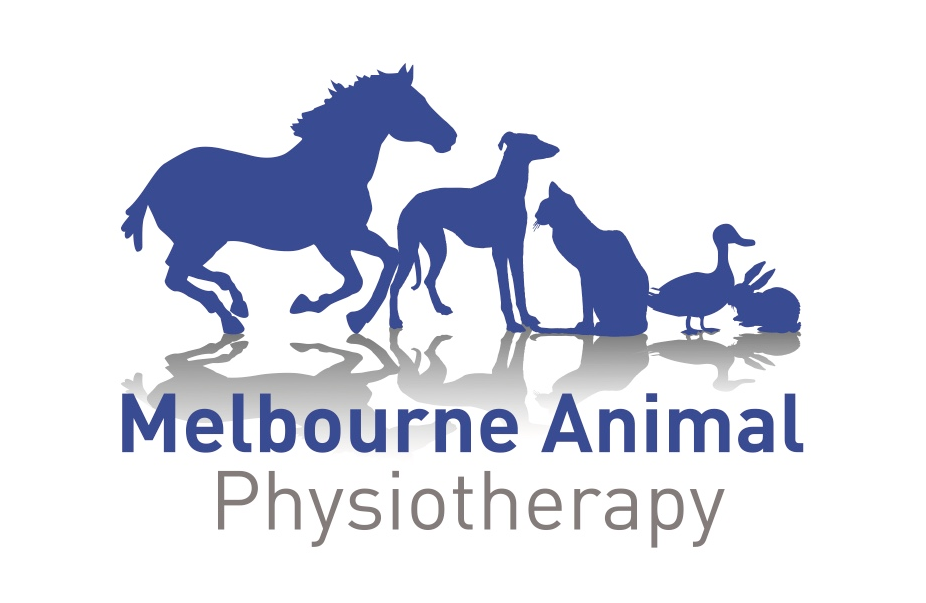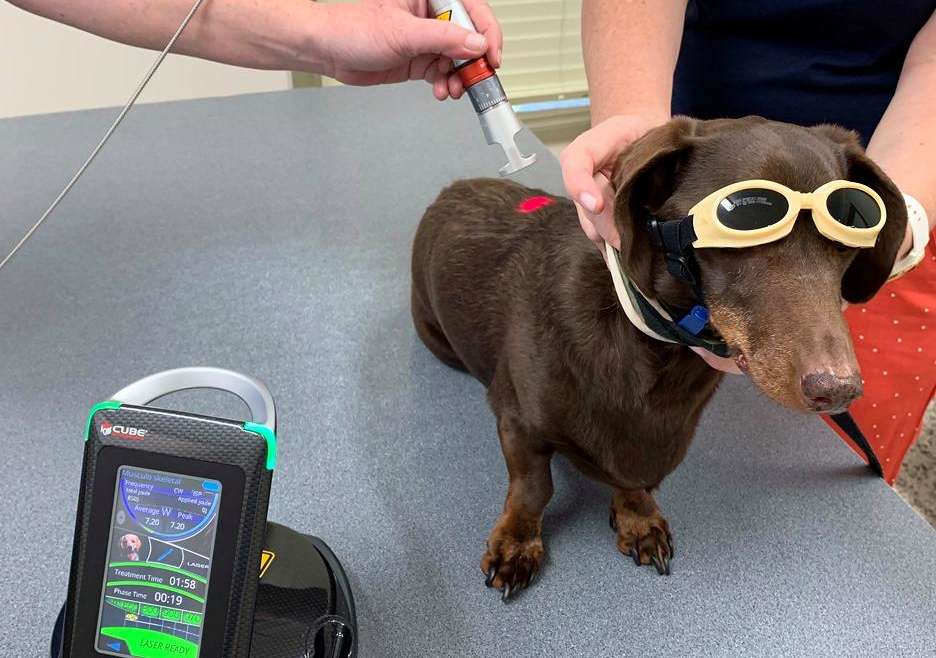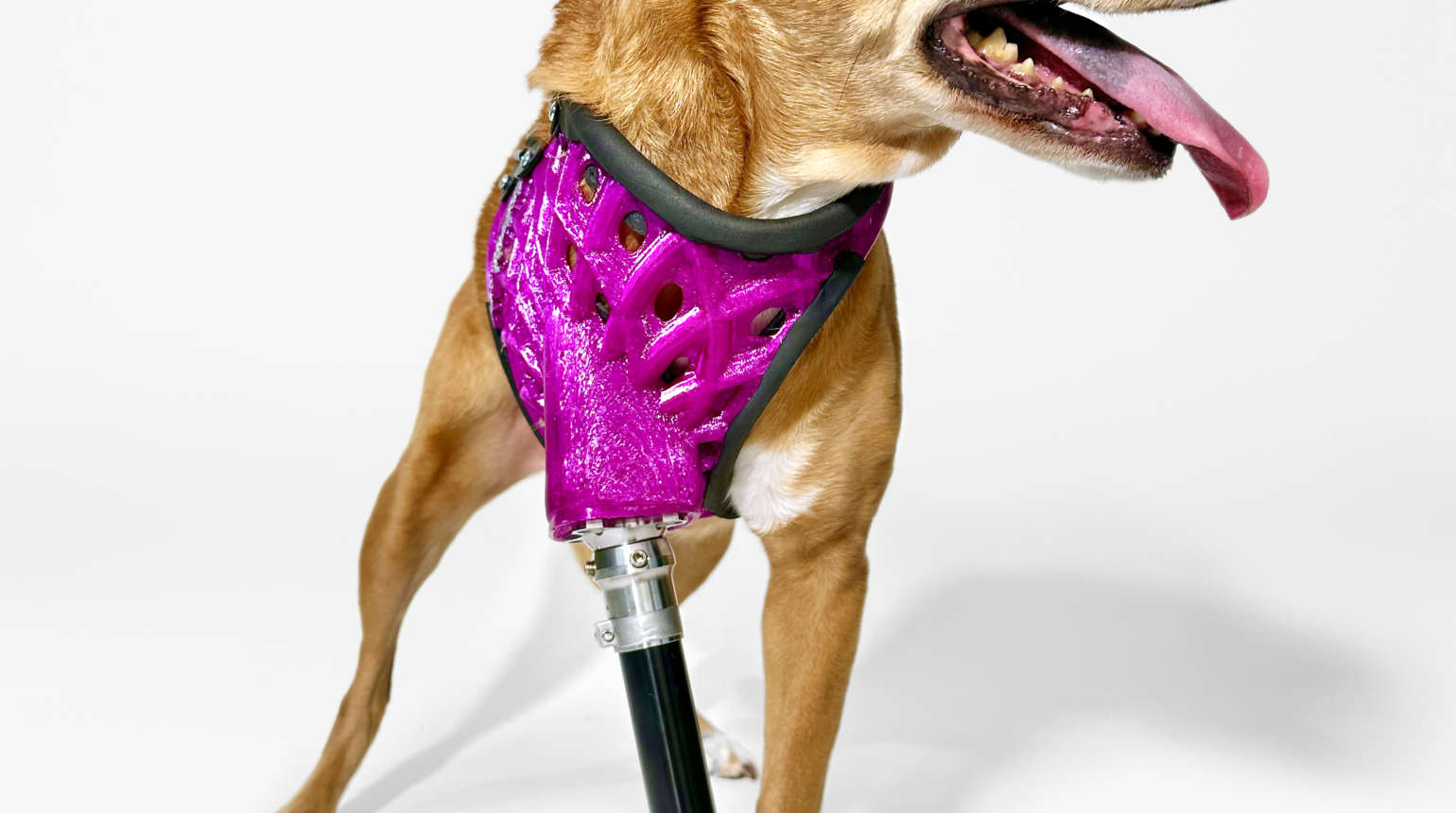Whether your dog has surgery or not, your dog will benefit from rehabilitation by a qualified animal physiotherapist. Services are usually available by referral from your own vet or surgeon, but are not essential. You may commence physio therapy at any stage in the recovery, as the treatment is tailored to the individual.
Canine physiotherapy consists of a thorough evaluation and a progressive treatment plan that addresses strength, range of motion, pain or discomfort, balance, coordination, quality of mobility and walking, and overall function. The therapy plan is continually re-evaluated over several weeks, updated and follows all restrictions set by the referring vet or specialist.
The therapy plan may consist of balance, coordination and strengthening exercises, manual therapies, gait retraining, dry needling, joint mobilisation, and modalities such as muscle stimulation, swimming or underwater treadmill.
Some elements of the therapy plan can be done at home by you, while others will require you to take your dog to the physiotherapy clinic.
Emergency symptoms during recovery
You need to keep an eye open for potential problems while your pet is recovering from an IVDD incident. If your dog has any of these symptoms, call your vet for advice:
- Pain, or a deterioration in mobility (e.g. increased wobbliness or paralysis)
- Sickness or diarrhoea, which may be caused by painkillers, antibiotics or other medications
- Difficulty going to the toilet (pee or poo)
- Blood in the urine or stools
- Stops eating or drinking and becomes lethargic




1 Comment
Lauren
My dog is 7. He was diagnosed with mineralized discs when he was 2 and we have managed it ever since buy just the last two days he has been limping and seems to have less control over his back right leg.